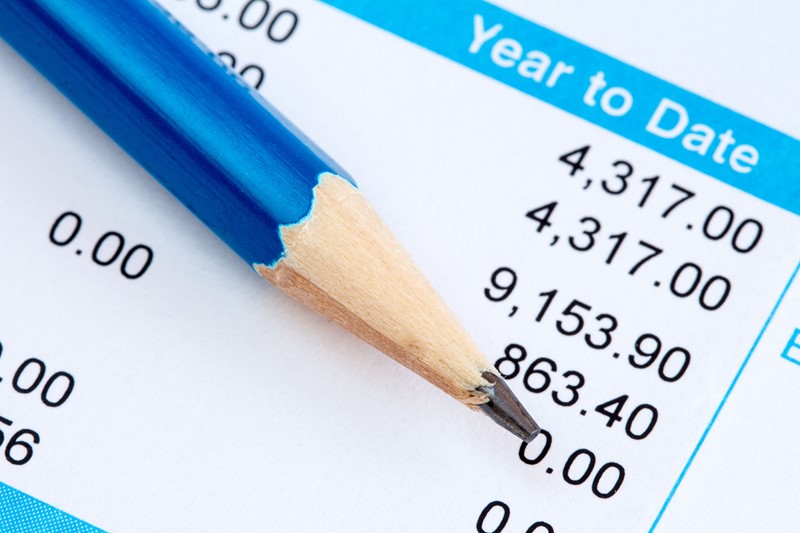Boosting your State Pension

HMRC has issued a new press release reminding readers of a limited-time opportunity to enhance their State Pension. Currently, there is an opportunity for affected individuals to address gaps in their
Class 4 National Insurance payments

Self-employed individuals are usually required to pay Class 4 National Insurance contributions (NICs) if their annual profits exceed £12,570. For the 2024-25 tax year, Class 4 NIC rates are set at 6%
Deferring Class 1 NIC contributions

Employees with more than one job may be eligible to defer or delay paying Class 1 National Insurance in certain situations. This deferment can be considered if any of the following apply:
You pay
Don’t miss out on Home Responsibilities Protection

HMRC together with the Department for Work and Pensions (DWP) have issued a press release urging tens of thousands of people to check if they are eligible to boost their State Pension utilising Home
Present self-employed NIC rates

Most self-employed people are required to pay Class 4 National Insurance contributions (NICs) if their profits are £12,570 or more a year. Class 4 NIC rates for the tax year 2024-25 are 6% for
The NIC Employment Allowance

The Employment Allowance benefits eligible employers by reducing their National Insurance liability. The current allowance is £5,000. An employer can claim less than the maximum if this covers their
Finding your National Insurance number

If you have lost or forgotten your National Insurance number there are a number of ways to locate it. Firstly, you could try and locate the number on paperwork such as your tax return, payslip or P60.
Directors and National Insurance

Directors are classed as employees and pay National Insurance on annual income from salary and bonuses that exceed the Primary Threshold. The annual threshold is £12,570 in the current 2024-25 tax
Deferring National Insurance payments

Employees with more than one job may be able to defer or delay paying Class 1 National Insurance in certain circumstances.
This deferment can be considered when any of the following apply:
You pay
Checking your National Insurance records

There is an online service available on HMRC to check your National Insurance Contributions (NIC) record online. The service is available at https://www.gov.uk/check-national-insurance-record
In


